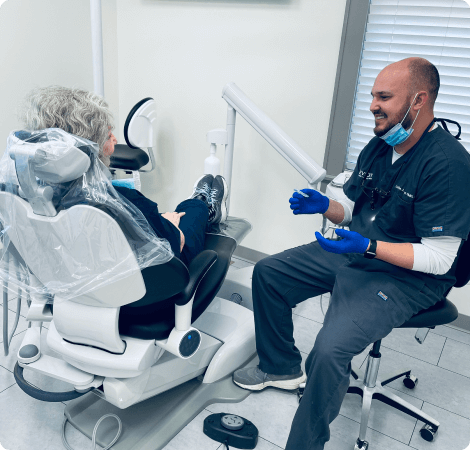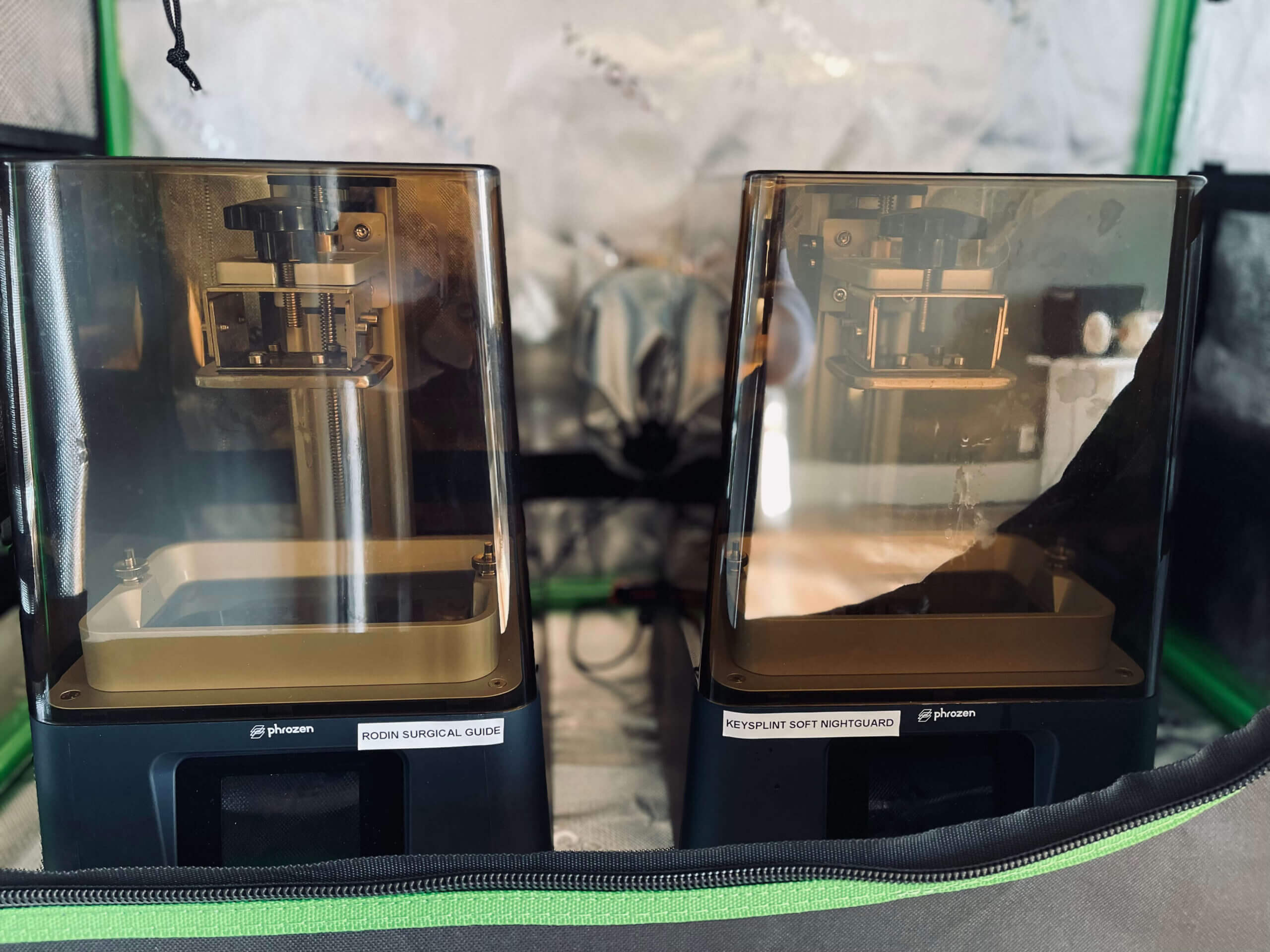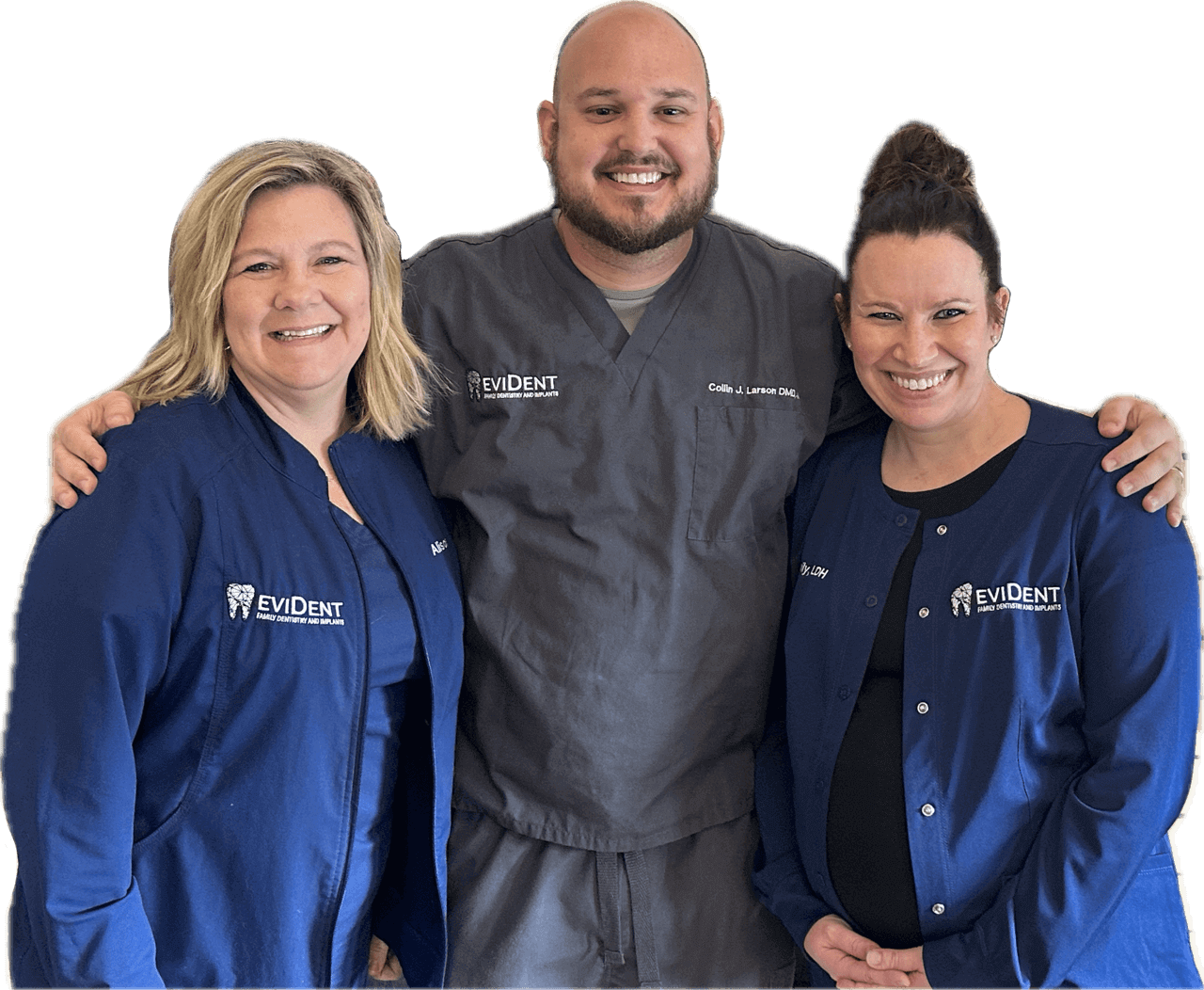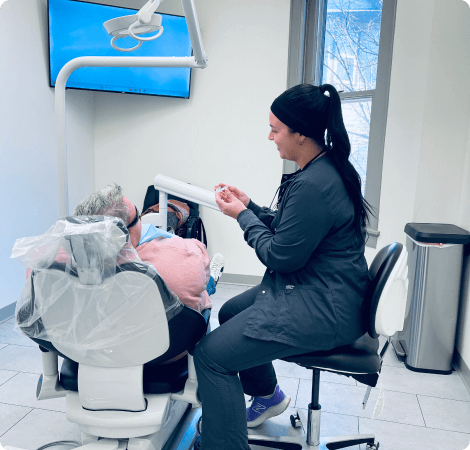Safest Teeth Whitening Techniques Used by Dentists
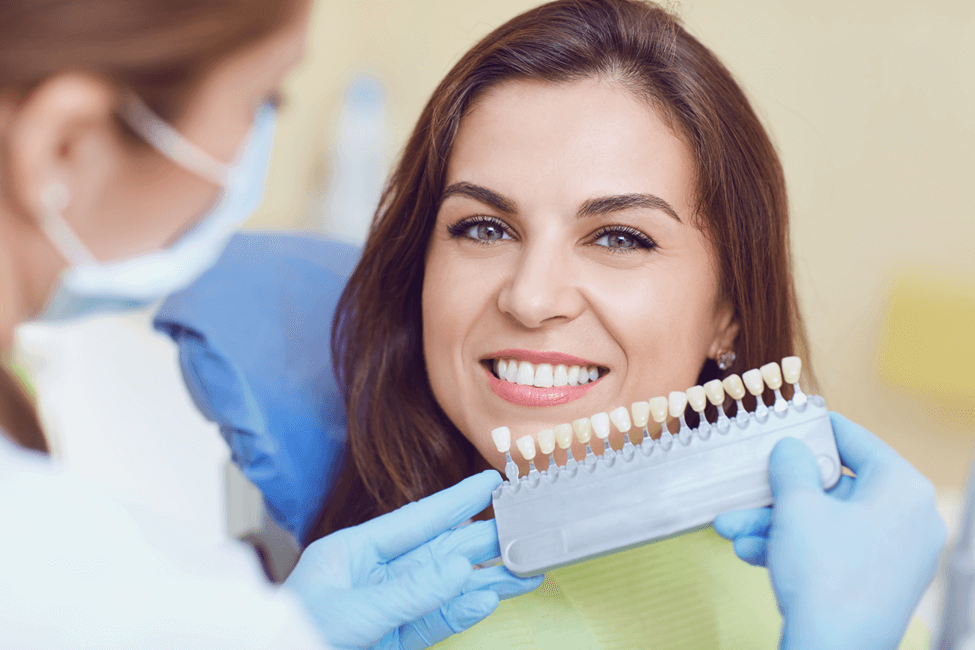
For the longest time, humanity believed that white teeth were the epitome of dental health. If this wasn’t true, why did the ancient Egyptians use ground pumice paste and the Romans use urine as natural remedies? Life in ancient times must have been interesting.
Fortunately, we’re long past those peculiar, if not ineffective, natural teeth whitening methods. Modern cosmetic dentistry has created safer and more effective teeth whitening treatments, none of which involve applying questionable substances. They also take effect faster and, provided you go easy on teeth-staining food and drink, last longer.
Here’s a look at some of the modern ways dentists perform professional teeth whitening in New Albany and elsewhere. To start, these can be classified into two categories: in-office and at-home.
In-Office Method
This teeth whitening treatment needs no deep definition. In-office ones are done at the clinic and under the cosmetic dentist’s control, while at-home ones consist of teeth whitening kits that patients can use according to instructions. Most cosmetic dentists use both kinds for maximum effect.
In-office whitening procedures are ideal for those seeking quicker, professionally monitored results, especially for deeper stains. The in-office technique involves applying a bleaching agent to the yellow teeth, either hydrogen peroxide or carbamide peroxide. Here’s an in-depth comparison of the two.
| Hydrogen Peroxide | Carbamide Peroxide |
|---|---|
|
|
Once either agent is applied to the patient’s teeth, the next step is to expose it to a curing laser. Depending on the type of laser, this device can emit light at a range of wavelengths, from 300 nm to upwards of 2,000 nm. At these wavelengths, the light may appear between blue and near-infrared.
The laser’s role is to break down the hydrogen peroxide into water and oxygen. The latter is the workhorse, breaking down the pigments in the tooth enamel via rapid oxidation to remove the discoloration. Laser light is the only kind of light that can initiate this chemical reaction.
There are drawbacks to this method, arguably the most important being that undergoing it too frequently is ill-advised. As the laser generates heat, too frequent and intense exposure risks killing the pulp and, by extension, the tooth. You’ll likely need multiple sessions of in-office whitening to get the effect you want, so your dentist will spread these out.
At-Home Kits
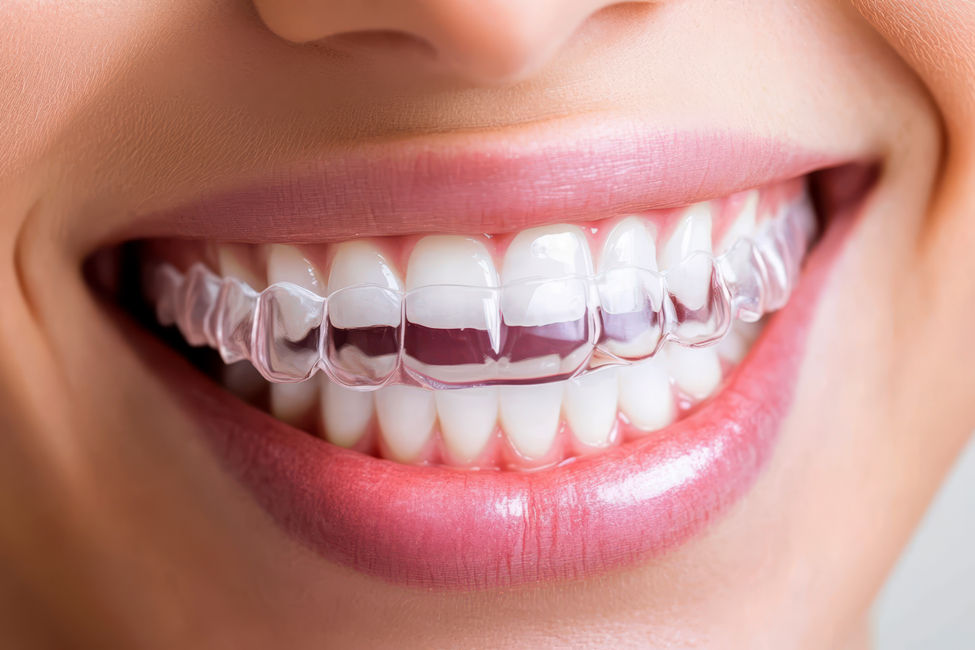
For those who prefer flexibility, at-home teeth whitening kits offer a convenient and effective way to maintain whiter teeth between professional treatments. At-home teeth whiteners also offer a more affordable and convenient option for those who want a brigher smile without the higher whitening cost of in-office treatments.
Your cosmetic dentist may advise using an at-home teeth whitening kit to help maintain the results of their in-office procedure. Here at EviDent, we provide Opalescence Go ready-to-wear whitening trays that contain either 10% or 15% hydrogen peroxide. These trays can fit any smile and need to only be worn for several minutes or less than an hour per day.
For completion’s sake, here are other at-home teeth whitening products dental professionals may offer or prescribe.
- Teeth whitening strips
- Whitening toothpaste
- Whitening rinses
- Whitening chewing gum
At-home teeth whitening kits have a lower concentration of bleaching agents than in-office teeth whitening treatments for safety reasons. Hydrogen peroxide, in particular, can break down soft tissue (i.e., your gums) and cause irritation in high doses and prolonged exposure.
These home whitening products should also be used according to your dentist’s instructions. According to the Agency for Toxic Substances and Disease Registry, ingesting even a 3% concentration of hydrogen peroxide can cause diarrhea and vomiting. But when used correctly, these whitening systems are less likely to pose any health risk.
Good Oral Hygiene
Achieving whiter teeth requires more than just a one-time procedure; it involves a combination of treatments and diligent oral health care habits. Despite the range of safe teeth whitening treatment options available, any skilled cosmetic dental professional won’t forget to stress the importance of good oral hygiene. Aside from the fact that plaque buildup can cause staining, teeth whitening is pointless if there aren’t any healthy, intact teeth to whiten at all.
Clearly, whitening toothpastes and rinses will be the preferred products here. While not as effective in altering the natural color of stained or yellow teeth as in-office professional whitening treatments, their abrasives help in surface stain removal. The term “abrasive” may seem worrying, but the American Dental Association (ADA) says the abrasives are too mild to cause major damage to the enamel.
Brush discolored teeth with whitening toothpaste as indicated, typically twice a day for up to two minutes. Brush gently, as forceful brushing might not clean out all the plaque. As for your choice of toothpaste, consider brands sporting the ADA Seal of Acceptance.
A whitening mouthwash or rinse is optional, but it can contribute to whiter teeth (also by removing surface stains) and fresher breath. Again, use tooth whitening products according to instructions and consider ones with the ADA Seal of Acceptance.
Key Takeaways
Modern teeth whitening methods have taken out the guesswork in the job they’re designed for with more effective in-office formulations and at-home or over-the-counter whitening products. For those on a budget, at-home teeth whitening alternatives offer more affordable options, but in-office treatments provide faster and more dramatic results. That said, either teeth whitening option won’t be enough on its own. Both need to be used in due diligence, alongside observing proper oral hygiene, to achieve the best teeth you can have.



